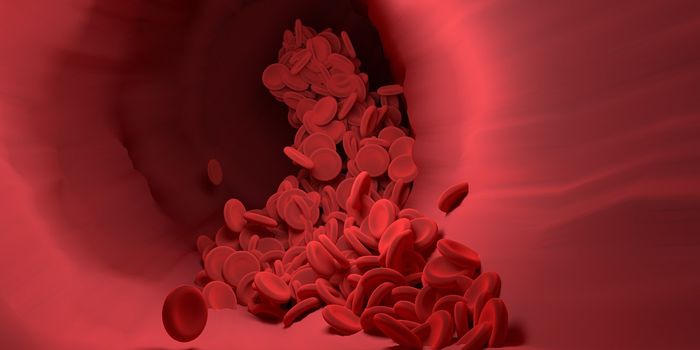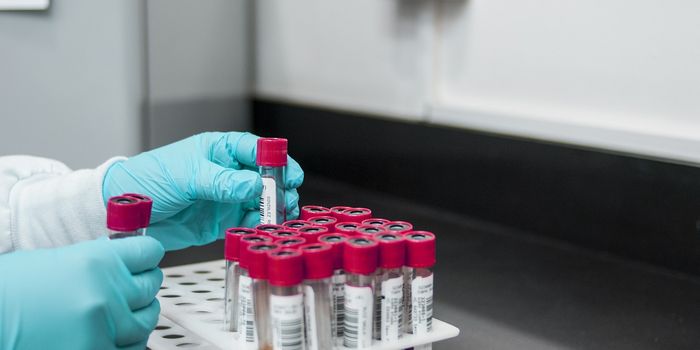Researchers Discover Muscle Disease Starts Earlier Than Thought
People with Duchenne muscular dystrophy (DMD) start to experience symptoms in early childhood. The disease is caused by a mutation in the DMD gene, which is on the X chromosome and encodes for the dystrophin protein. By the age of four, most patients have severe muscle damage, which makes it challenging to treat the disease or halt additional degeneration. DMD affects about one in 5,000 male births. Because the disease-causing mutation is found on the X chromosome, women are typically carriers, and only get the disorder in very rare cases. DMD patients usually need a wheelchair by the time they are teenagers, and the disease is often fatal by the age of 30. Knowing more about exactly when and how the disorder arises could help create better therapeutic options for DMD.
It has been thought that DMD starts in cells called myofibers, which are related to muscle contraction and compose the majority of muscles. New research has suggested, however, that the disorder actually begins in a cell type that exists much earlier than myofibers, called myoblasts. As they develop, myoblasts grow into myofibers. Thus, the work has indicated that DMD begins before cells are integrated into skeletal muscle, and that dystrophin has underappreciated roles in muscle development. The findings have been reported in eLife.
Recent research by this team found that abnormalities related to DMD may even start in the embryo. Since patients are not usually diagnosed until much later, this research could help find ways to slow or stop the disorder.
"The findings are significant because they change the way we understand the disease. We discovered the functions of myoblasts are severely affected by the absence of dystrophin, and these cells are critically important for normal muscle growth but also regeneration," said senior study author Professor Darek Gorecki of the University of Portsmouth.
"Because these myogenic cells malfunction, damaged muscle can't be repaired effectively. And any repaired myofiber will eventually need to be replaced, which will not happen without myogenic cells, so it becomes a vicious circle."
Right now, patients are treated long after muscle degeneration has caused health issues. It may one day be possible to correct damaged cells when the disease pathology starts to arise. This could delay the degeneration of muscle, and could lengthen patient's lifespans, noted Gorecki. "We can do this by identifying and treating DMD newborns and targeting myogenic cells."
An hiPSC model of skeletal muscle differentiation used in this study will help researchers investigate biomarkers of DMD and potential therapeutic targets.
Sources: University of Portsmouth; Journal of Cachexia, Sarcopenia & Muscle; eLife









